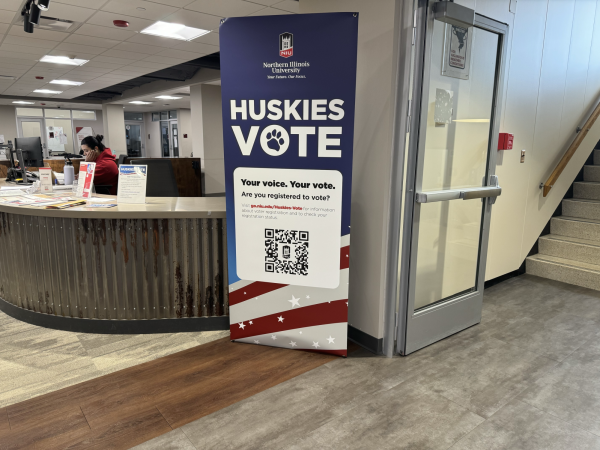Ring tones get personal
December 6, 2004
Justin Morgenstern, 15, likes the Red Hot Chili Peppers.
Neil Strahl, 40, is partial to James Bond.
What they have in common, of course, are their cellphones, and the ability along with millions of others to download their favorite tunes as ring tones.
Morgenstern, of Morris County, N.J., is on his sixth ring tone – the Peppers’ “Under the Bridge.” “I don’t know anyone who doesn’t have them,” he said.
Strahl, a Demarest, N.J., resident and partner in Babe’s Car Service in Fort Lee, N.J., is a gadget enthusiast who downloaded the James Bond theme.
“I know a lot of people who use them,” he said. “Everybody has their little ringer.”
Estimates are that 40 million cellphones in the United States are capable of downloading ring tones.
The phenomenal growth of ring tones has been music to the ears of wireless executives hoping to wring more revenue from legions of U.S. cellphone users. The U.S. ring tones market – which didn’t exist several years ago – has generated millions in sales for the big wireless companies, as well as cash for music publishers and recording artists.
The popularity of these phone add-ons has expanded so fast that Billboard last month debuted a weekly Hot Ringtones chart ranking the downloads. The list includes strange musical bedfellows – top hip-hop artists of the day like Snoop Dogg featuring Pharrell share the glamour with the likes of Boris Karloff singing “You’re a Mean One, Mr. Grinch.”
And the quality of the sound keeps improving.
From simple monophonic ringers that play single notes, the technology has evolved to the point where the more sophisticated phones play polyphonic tones that can sound like an orchestra or a human voice.
Driving the popularity is the wide range of sound recordings available for download.
Web sites offer everything from ringers that sound like foghorns to loon calls and even the sound of a Harley-Davidson motorcycle roaring by. There are off-color ringers available with carnal sound effects and ringers as odd as the sound of a body crashing through a plate glass window.
The price of a ring tone downloaded from a Web site can range from 99 cents to $2.50 and up.
U.S. cellphone carriers are reluctant to release detailed information about revenues derived from ring tones. Some analysts estimate the U.S. carriers are deriving about 5 percent of their annual revenues from data applications that include ring tones, downloadable games and Internet services.
Companies such as Verizon Wireless, Sprint PCS and Cingular have all invested billions to upgrade their networks to allow the add-on services they hope will boost their average revenue per customer.
Ring tones began with a 20-something British technology expert who figured out a way to exploit the design of certain Nokia phones to download a different-sounding ringer.
The concept took off in Europe and particularly in cellphone-crazed South Korea. SK Telecom, the South Korean telecommunications giant, has more than 500,000 ring tones available to customers over its Web site. Worldwide, ring tone sales are estimated by some analysts to approach $3 billion.
In the United States, market size figures for next year range from $146 million to $300 million in annual sales. Some analysts predict growth upwards of $900 million by 2008.
Sal Salvaggi, manager of the Verizon Wireless store in Paramus, N.J., said he was surprised to see how popular the downloadable ring tones have become, especially since phones come loaded with tones when you buy them.
“I thought it might take a while to catch on,” he said. “But we all want ways to personalize our belongings – these allow a customer to show their uniqueness.”
Ring tones’ popularity surprised some industry analysts as well.
Adam Zawel, analyst with the Yankee Group, said “we were amazed at just how broadly popular they are – it’s hard to find someone who is not tempted.”
But it remains to be seen if the ring tone market will be a long-lasting cash cow.
Zawel cautioned that the market for ring tones may be squeezed as other downloads gain in popularity, including screen savers and games.
“We think the ultimate barrier (to growth) will be the wallet-share problem,” he said. “The ring tone market isn’t growing in a vacuum – all these services are going to compete with each other.
The cellphone carriers are working hard to make sure they stay fresh, offering new services to tempt customers.
Last month, Verizon Wireless introduced ring back tones. This service, first rolled out in California, lets you pick a song callers will hear when they dial your phone and wait for you to pick up. Verizon charges 99 cents a month plus a $1.99 annual fee for each ring back tone.
The company hopes this additional service will take off, too.
Asked if he’d be willing to try ring backs, Strahl, the car service operator, was hesitant.
“It sounds like something cool, but who knows?” he said.













